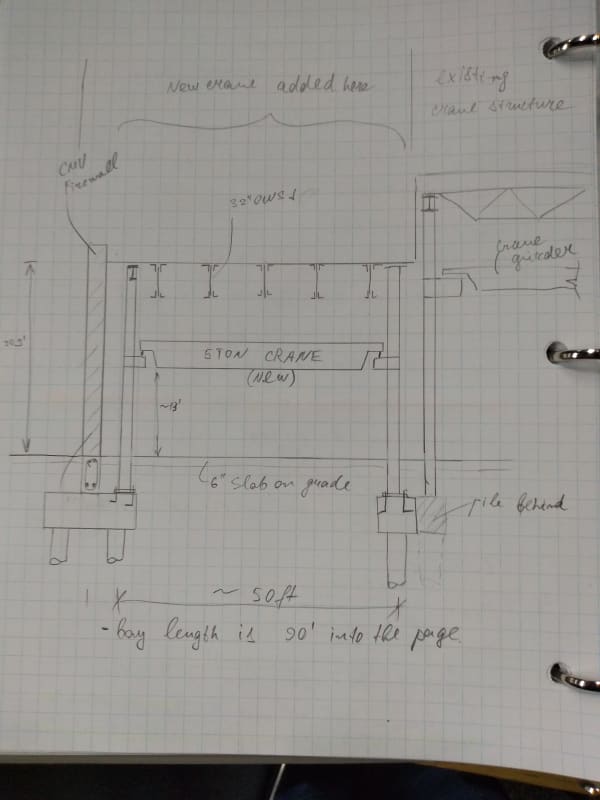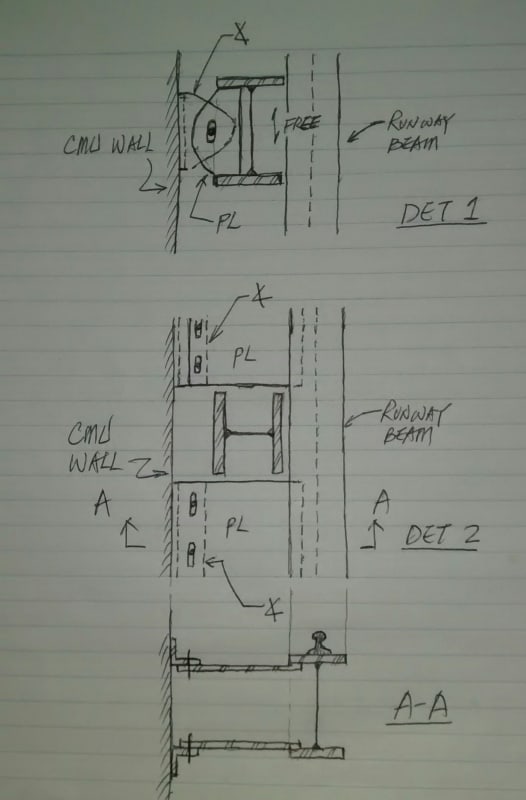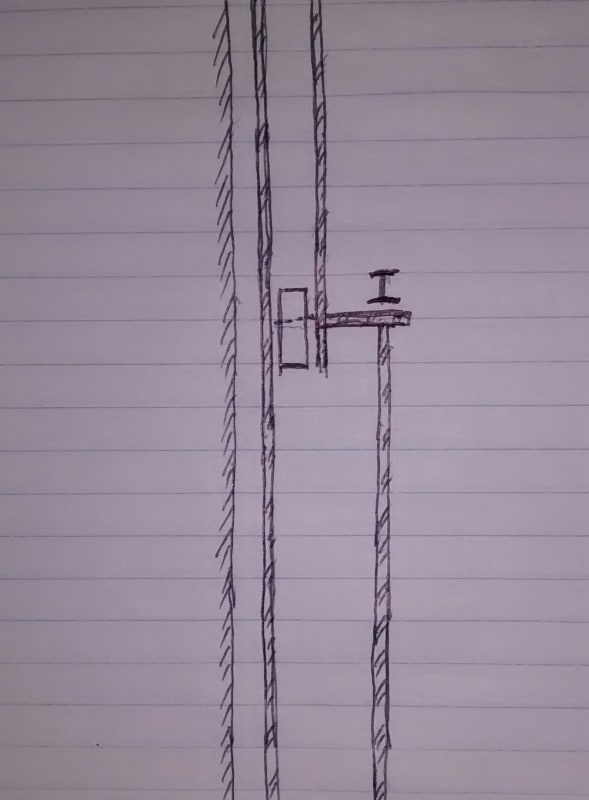Good day,
I'm working on addition of crane in the existing shop that has 6" slab on grade floor. I will be using cast-in-place piles for crane support columns. One constraint I have is that I don't really have anything to tie into to resist lateral forces caused by crane operation (forces perpendicular to crane runway beams). The only element where I could put some forces is roof diaphragm but I don't want to put much into it.
Making column base connection as moment connection does help but involves many-many anchors. My column base plate will sit below the slab so I was thinking of relying on lateral force resistance by slab working in pair with regular column base connection to produce some moment resistance.
One concern I have is about the rigidity of this slab resistance deteriorating with time after many cycles of loading. I'm basically looking for some feedback on this idea as I'm sure many of you have considered/used this approach before.
Thanks
I'm working on addition of crane in the existing shop that has 6" slab on grade floor. I will be using cast-in-place piles for crane support columns. One constraint I have is that I don't really have anything to tie into to resist lateral forces caused by crane operation (forces perpendicular to crane runway beams). The only element where I could put some forces is roof diaphragm but I don't want to put much into it.
Making column base connection as moment connection does help but involves many-many anchors. My column base plate will sit below the slab so I was thinking of relying on lateral force resistance by slab working in pair with regular column base connection to produce some moment resistance.
One concern I have is about the rigidity of this slab resistance deteriorating with time after many cycles of loading. I'm basically looking for some feedback on this idea as I'm sure many of you have considered/used this approach before.
Thanks



